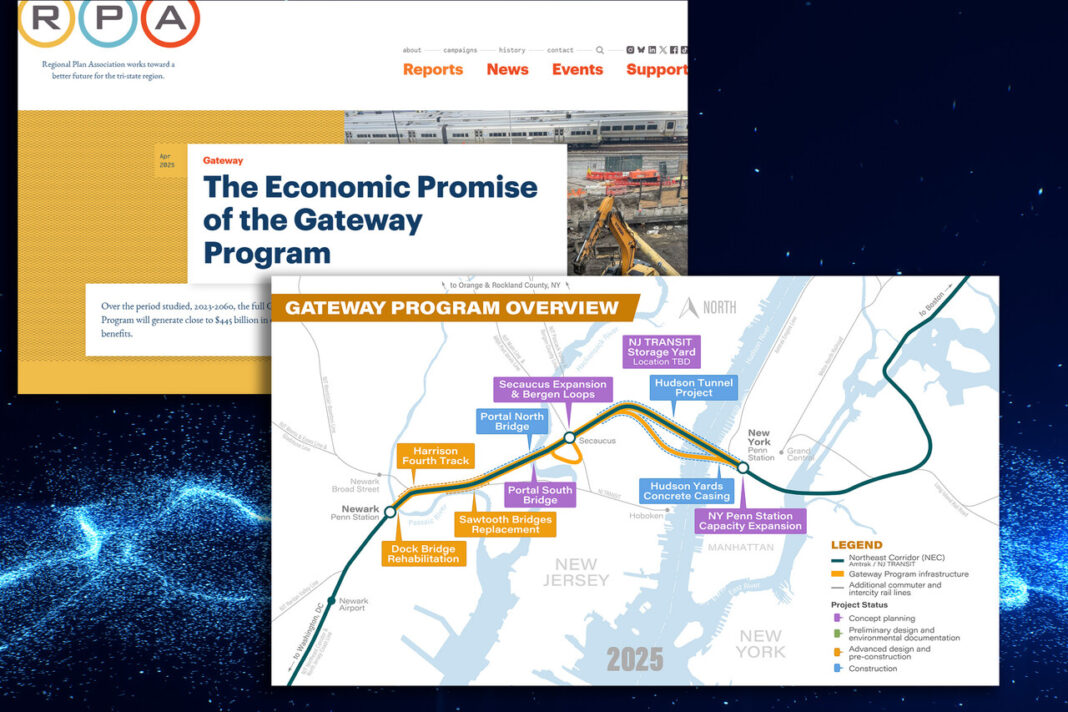The Reason Foundation’s Annual Highway Report is a prominent, data-driven comparison of state highway systems, often cited in policy debates. Its methodology and assumptions have drawn sustained criticism from state officials, industry groups, progressive think tanks, and academic researchers. The recent, in-depth critique by Peter Philips and Kevin Conner (University of Utah, 2025) offers a particularly comprehensive evaluation of the report’s persistent biases and methodological shortcomings.
Strengths of the Reason Foundation’s Approach
- Data-Driven and Transparent: The Reason Foundation relies on publicly available data, primarily from the Federal Highway Administration, which allows for replication and scrutiny.
- Longitudinal Consistency: The methodology, refined over decades, enables year-over-year comparisons and trend analysis.
- Comprehensive Metrics: The report evaluates states across 13 categories, including spending, pavement quality, congestion, bridge conditions, and safety.
- Recent Methodological Improvements: In response to criticism, the Foundation has shifted from centerline-miles to lane-miles for cost calculations, better reflecting the complexity of urban road systems.
Key Criticisms and Limitations
1. Persistent Urban and Rural Biases
Philips and Conner’s 2025 evaluation highlights that, despite recent improvements, the Reason Foundation’s methodology still contains significant biases:
- Urban Bias: While the shift to lane-miles has reduced the anti-urban bias, it has not eliminated it. The adjustment for the higher cost of urban road construction is still insufficient, meaning states with dense, urbanized infrastructure like New Jersey remain unfairly penalized.
- Rural Bias: The methodology continues to favor rural states, which have less complex and less expensive road systems. As a result, states with extensive rural roads (e.g., North Dakota, South Carolina) consistently top the rankings, while urbanized states lag behind.
2. Economic Density and Confounding Factor Bias
- Economic Density Bias: States with higher GDP per capita, higher personal income, and greater population density tend to be ranked poorly, while less affluent, less dense states are favored.
- Confounding Factor Bias: The Foundation’s analysis does not adequately control for factors outside the control of state DOTs—such as terrain, climate, economic agglomeration, and population density—which significantly affect highway system performance and costs.
3. Ranking Methodology Biases
Philips and Conner identify several inherent problems with the ranking approach:
- Exaggeration Bias: Ranking 50 states exaggerates differences between the top and bottom, making the worst state appear 50 times worse than the best, even if the real difference is much smaller.
- Leveling (Mountains and Molehills) Bias: The ranking system flattens out meaningful differences and creates artificial distinctions where little or none exist.
- Lost Information Bias: The use of rankings obscures the underlying data, making it difficult to understand the real magnitude of differences between states.
- Bias Accumulation: The overall ranking is a composite of 13 other rankings, compounding the biases and information loss from each category.
4. Apples-to-Oranges and Methodological Bias
- Comparability Issues: The report assumes all states are comparable, ignoring the vast differences in geography, climate, and urbanization. For example, comparing New Jersey to North Dakota is methodologically unsound.
- Lack of Modern Statistical Controls: Philips and Conner recommend using multivariate statistical analysis or matching techniques (e.g., nearest neighbor, propensity score matching) to create more meaningful comparisons between similar states. The Foundation’s failure to adopt such methods undermines the reliability of its rankings.
5. Ideological Orientation
The Reason Foundation’s libertarian mission shapes its framing and policy recommendations, often favoring privatization and market-based solutions. Critics argue this ideological lens can color both the analysis and the interpretation of results.
Implications for Policy and Public Understanding
The Reason Foundation’s persistent methodological flaws—especially those highlighted by Philips and Conner—limit their reliability as definitive assessments of state highway performance. Policymakers and the public should interpret the rankings with caution, supplementing them with local context and more sophisticated analyses that account for the real-world complexity of infrastructure management.
In summary:
While the Reason Foundation has made some progress in addressing past biases, its reports remain hampered by methodological shortcomings that systematically disadvantage urban, dense, and economically advanced states. Until the Foundation adopts more modern, statistically robust methods, its rankings will continue to be, as Philips and Conner put it, “unfair and unreliable.”
Read the full Philips and Conner report, “Highway System Performance: Is North Carolina Really the Best of the Best? Is New Jersey Really the 34th Worst? The Biased Rankings of the Reason Foundation” here: https://elec825.org/wp-content/uploads/2025/04/New-Jersey-2025-Report-Philips-Conner.pdf




